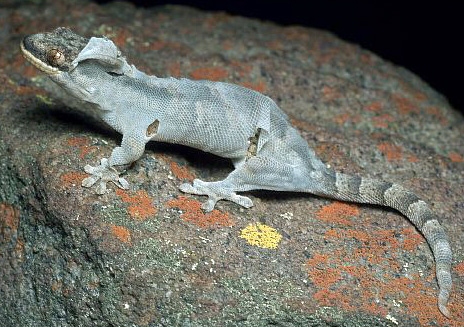Molting is the process by which an animal sheds worn hair, skin, scales, feathers, or fur and grows a new body covering. Molting often occurs at a definite time each year known as the animal’s molting season.

The process of molting varies with different animals. Some animals have a hard outer covering, called an exoskeleton, that is too firm to expand as the animal grows. These animals, including crabs, lobsters, and insects, must periodically shed their outer shell and grow a new one. The old exoskeleton becomes detached by fluid that appears beneath it. A new, soft exoskeleton grows in folds beneath the old, detached covering. The animal presses against the old exoskeleton, causing it to split, and wriggles out. The new exoskeleton then unfolds and hardens. Caterpillars of several kinds of butterflies shed their skin as many as five times as they grow. Adult insects do not molt. Lobsters, crabs, and similar animals molt irregularly throughout life.
Many reptiles also molt throughout life. Snakes and lizards shed and replace their entire skin. Alligators and crocodiles shed and replace each of their scales individually. This pattern of molting is similar to that of birds.
Birds shed their feathers at least once a year and grow a new set. Some songbirds molt three times a year, but not all feathers are shed each time. A complete molt typically takes four to six weeks and occurs in late summer. Worn feathers are pushed out by new ones in a regular pattern. In most birds, a feather used for flying is shed only after the one next to it is partly regrown. Thus, the bird maintains its ability to fly.
Ducks, geese, and swans shed all their flight feathers at once and are flightless during their molting season. Large birds may require more than a year to molt completely, or they may molt almost continuously. In many birds, molting also plays an important part in courtship. Old, dull feathers are replaced by brightly colored ones that help attract a mate.
Many mammals shed their hair each spring. Some animals replace body parts during their molting season. For example, deer replace their antlers. The lemming, an animal similar to a guinea pig, and the ptarmigan, a grouselike bird, replace their claws.
